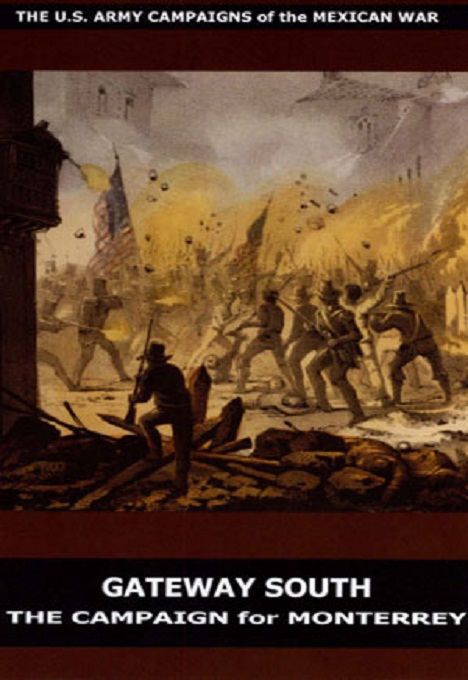An absorbing account of the U.S. Army's role in military action undertaken to fix the southern boundary of the United States and to integrate California into the nation. To attain these objectives Maj. Gen. Winfield Scott planned for four simultaneous operations in the summer months of 1846. His first target in Mexico was the city of Monterrey, situated 180 miles to the south and west of his current position in Matamoros. The campaign began on 10 June and ended on 23 September, with the Mexican surrender.
In his highly readable essay, Carney examines one of the U.S. Army's earliest experiences in urban warfare in the fortified town of Monterrey, covering the strategic setting, the preparations, the approach, and the stages of battle. This campaign marked a shift in the Army's use of volunteers instead of regulars, which caused significant command problems, and introduced disease as a new and far more potent enemy than the Mexican Army.

